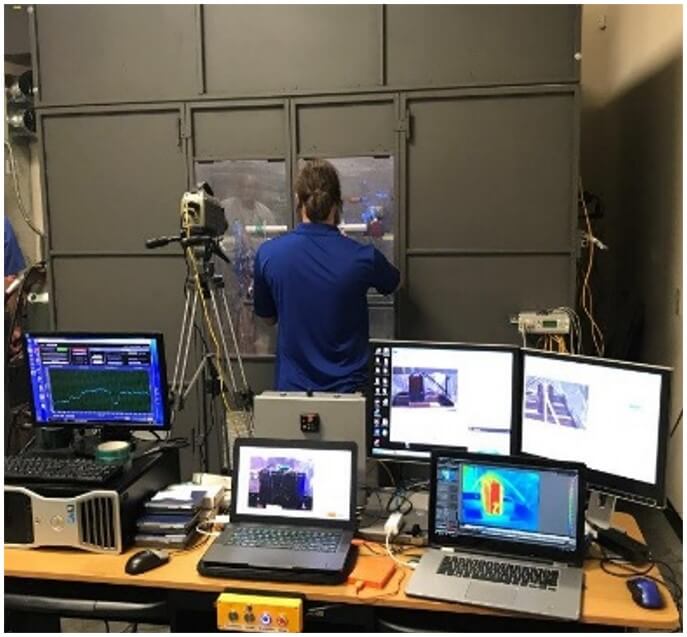Can Lithium-Ion Batteries Withstand Extreme Conditions?
Read Storyby Maria Batt
Transporting lithium batteries safely is a global challenge, requiring strict regulations and robust testing. The SAE G27 Lithium Battery Packaging Performance Committee is at the forefront of this effort, working to develop and refine standardized lithium-ion battery packaging tests.
These tests aim to ensure that packaging solutions can contain thermal runaway, withstand fire exposure, and prevent hazardous failures during transport. But what exactly goes into the SAE G27 testing process?

Why Standardized Testing is Essential
Before the G27 standard, lithium-ion battery transport relied on varied and often inconsistent testing methods. This led to:
The G27 standard seeks to eliminate guesswork and create repeatable, reliable safety tests for lithium-ion battery packaging.
The SAE G27 Testing Approach
The core SAE G27 tests focus on three key areas:
To ensure accuracy, the committee involves multiple testing laboratories, all conducting the same experiments to verify repeatability and reliability.
Challenges in Testing and Standardization
Creating a universal testing protocol has not been easy. The committee has had to:
Through extensive round-robin testing, the SAE G27 Committee has refined its approach, ensuring that every lab produces comparable results.
The Role of Slash Sheets in Testing
To enhance testing accuracy, the committee has introduced “slash sheets”—additional test methods with focus including:
These tests help regulators determine whether a package is suitable for different transport conditions.
Future Directions in Lithium-Ion Battery Testing
As technology evolves, the committee will expand testing to include:
The G27 testing process is revolutionizing lithium-ion battery safety by creating scientifically validated, globally accepted standards. With repeatable tests and robust packaging requirements, the industry can now ensure safer transport for lithium batteries worldwide.